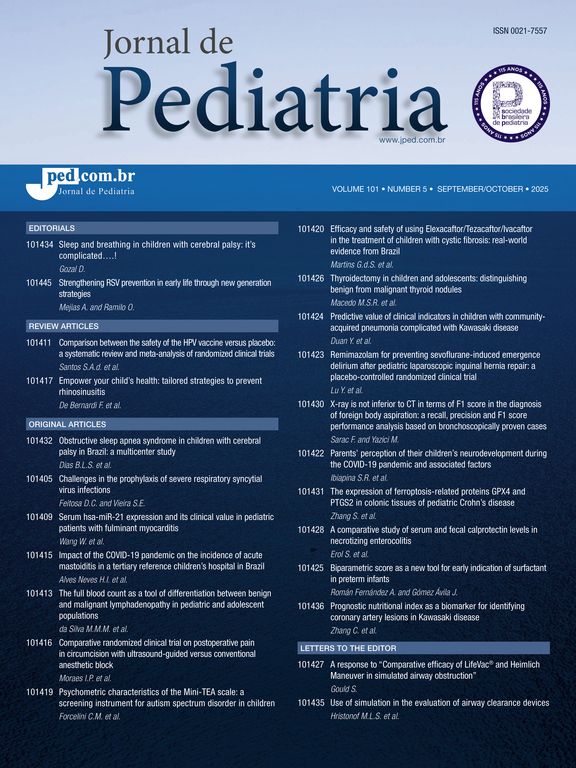The author studied the value of therapeutic test for the diagnosis and treatment of kala-azar in children by comparing two groups of patients. The identification of Leishmania donovani in smears of bone marrow confirmed the diagnosis in all fifty seven patients of the control group. In another group with sixteen children, the diagnosis was based on the successfull response to the treatment with meglumine antimonate. In none of the patients of the second group the protozoa was identified and the decision to give the specific treatment was based on epidemiological, clinical, biochemical and hematological criteria for the disease. Statistical analysis was performed by Student t test to compare clinical, biochemical and hematological variables between the groups. None of the differences between the groups was satistically significant, suggesting that the therapeutic test was valid, and all patients who received treatment had kala-azar.
The Impact Factor measures the average number of citations received in a particular year by papers published in the journal during the two preceding years.
© Clarivate Analytics, Journal Citation Reports 2025
SRJ is a prestige metric based on the idea that not all citations are the same. SJR uses a similar algorithm as the Google page rank; it provides a quantitative and qualitative measure of the journal's impact.
See moreSNIP measures contextual citation impact by wighting citations based on the total number of citations in a subject field.
See more







